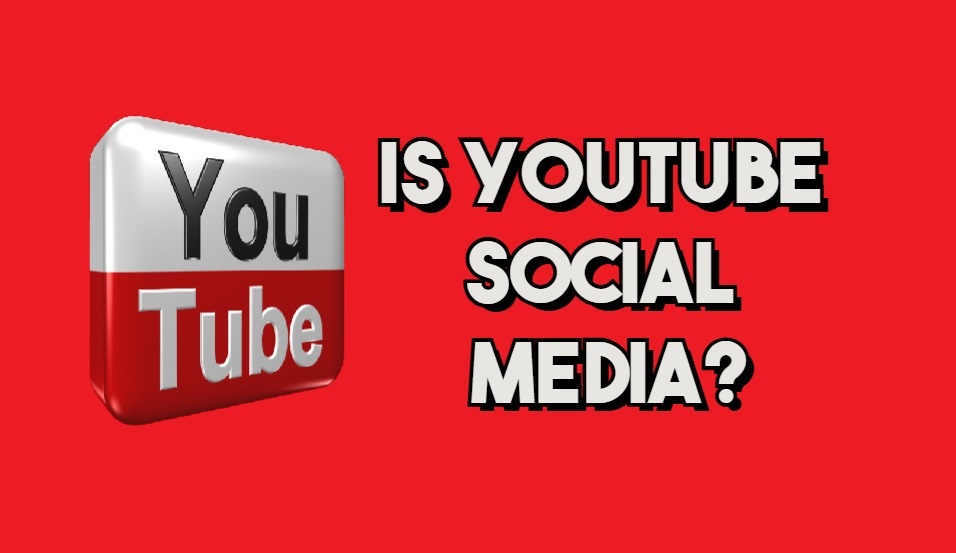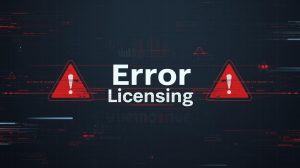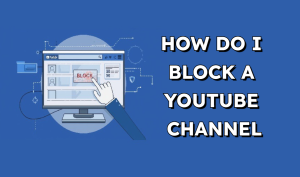
You see YouTube everywhere. People watch cat videos, learn guitar tricks, or follow vlogs. But wait—is this just a video site? Or does it count as social media? Many think of it as a place to stream clips. Others see chats and shares that feel like Facebook. This piece breaks it down. We’ll check if YouTube fits the social media mold. By the end, you’ll know why it’s more than meets the eye.
Defining Social Media: Core Characteristics
Social media lets people connect and share. It builds communities around posts and likes. YouTube does that too, but in its own way.
Interaction and User-Generated Content (UGC)
Think about what makes social media tick. Users create profiles, post stuff, and chat with others. They react with hearts or thumbs up.
YouTube shines here with user-made videos. Billions upload clips each month. Comments flood in—fans debate plot twists or share tips. That’s real talk between creators and watchers.
The community tab adds more. Creators post updates, polls, or images. It’s like a mini feed for subscribers. UGC rules the site. Over 500 hours of video go live every minute. Most comes from everyday folks, not big studios. This mix keeps it fresh and personal.
Network Building and Identity
Social sites help you build a circle. You follow friends or influencers. Your profile shows who you are.
On YouTube, channels act as your spot. Pick an avatar, banner, and bio. Subscribers join your network—like friending on other apps.
It’s not just numbers. A creator with 100,000 subs feels like a star. You engage by hitting like or sharing. This builds ties. Unlike Instagram’s quick pics, YouTube’s long videos create deeper bonds. You root for creators over time.
Content Dissemination and Virality
Sharing spreads the fun. One post hits friends, then goes viral.
YouTube makes it easy. Embed videos on blogs. Share links on Twitter. The algorithm pushes hot content to homepages.
Watch a funny skit? It pops up for others. Virality hits fast. Gangnam Style got over 4 billion views. That’s social power at work. No gatekeepers—just pure spread through shares and recs.
YouTube’s Social Features: Evidence for Classification
YouTube packs tools for connection. These go beyond watching alone.
Community Engagement Mechanisms
Comments are basic but big. Thousands pile under popular vids. Debates rage; fans cheer.
The community tab steps it up. Creators share text, GIFs, or quizzes. Polls ask “What’s your fave flavor?” Subs vote and reply.
Live streams add chat. Viewers type in real time. It’s lively, like a group hangout. These features pull people in. You feel part of something.
The Power of Real-Time Connection
Live videos change the game. Go on air, and chat explodes.
Super Chat lets fans pay to highlight messages. Creators read them live. It’s direct talk. Memberships offer badges and extras for loyal fans.
Q&A sessions build trust. Ask about a creator’s day—they answer on spot. Millions tune in. PewDiePie once had 100,000 live viewers. That buzz feels social.
Creator-Audience Relationships
Long videos build bonds. You watch a vlogger’s life unfold. It feels like knowing them.
Parasocial ties form. Fans feel close, even if one-sided. MrBeast runs giveaways; fans join the hype.
Top YouTubers lead communities. Marques Brownlee reviews tech—viewers trust his picks. Loyalty grows from chats and updates. It’s not passive TV. You interact, shaping the content.
YouTube as a Search Engine: The Divergent Path
YouTube ranks second to Google in searches. People type queries and find answers.
Search Optimization and Discoverability
Users hunt for “how to fix a bike.” Results pop up as videos.
Titles, tags, and descriptions matter. Optimize them like web pages. Good SEO gets views.
This pulls it from pure social feeds. TikTok scrolls endlessly. YouTube lets you seek specific info. Over 2 billion users search monthly. It’s a tool, not just chit-chat.
Algorithmic Delivery Models
The sub feed shows new uploads from who you follow. That’s social.
But the homepage? It’s recs based on past watches. Prioritizes time spent over likes.
This search-like push sets it apart. Algorithms guess what you want. Comments help, but watch time rules. It blends discovery with connection.
Expert Perspectives and Industry Analysis
Tech folks see YouTube as a mix. It’s video social with search smarts.
Platform Definitions by Tech Analysts
Analysts call it a hybrid. Forrester says it’s a “video-first social network.” It shares and connects, but searches too.
Consensus agrees on dual role. Social for chats; engine for finds. Sundar Pichai, Google’s boss, notes its community side. Yet searches drive traffic.
This split makes it unique. Not fully like X’s tweets, but more than Netflix.
Monetization and Creator Economy Alignment
Money flows from views and engagement. Ads pay based on watch time.
Sponsors chase big audiences. Metrics like subs and comments boost deals.
It’s social economics. Creators build brands through fans. Like influencers on Insta, but video-focused. This ties back to interaction.
Conclusion: The Hybrid Identity of YouTube
YouTube defies one label. It hosts videos, searches answers, and builds communities. Call it a social video platform. Or a social search engine.
Key evidence? First, UGC and comments foster real talk. Second, subs and lives create networks. Third, virality spreads joy fast. What sets it apart? Its search core—unlike TikTok’s endless scroll or X’s quick posts.
For creators, treat it both ways. Optimize for searches with keywords. Engage socially through chats and polls. Start a channel today. Watch your community grow.
(Word count: 1,248)




